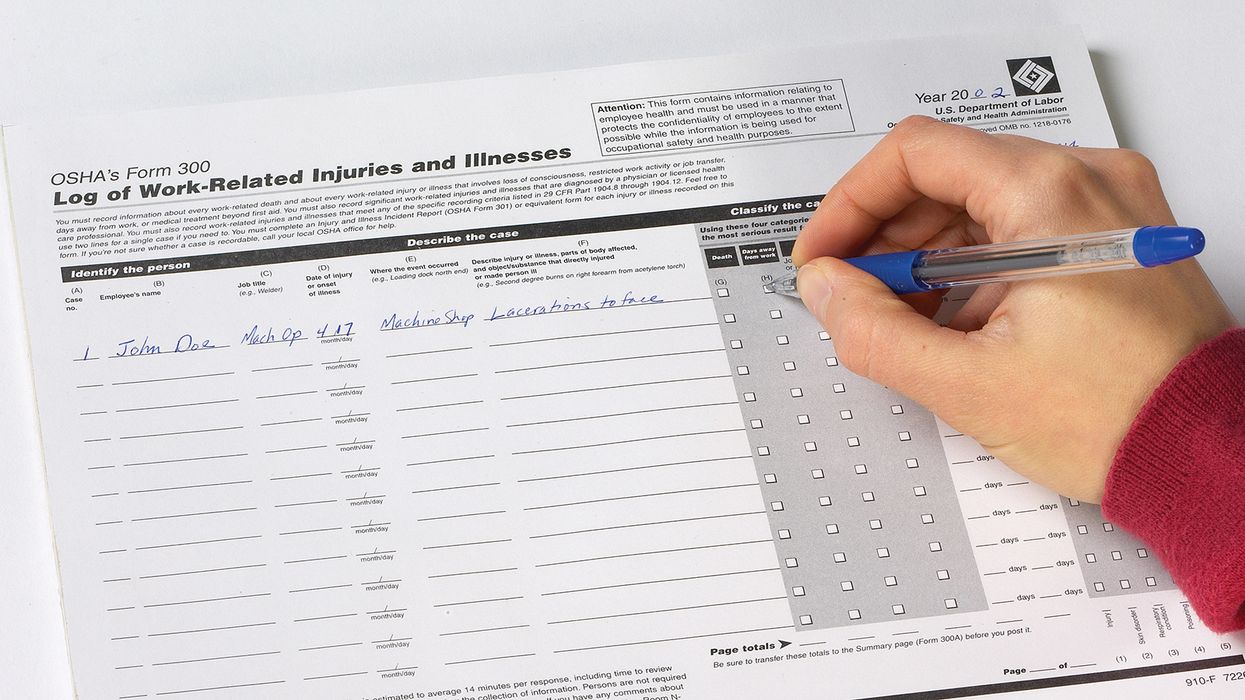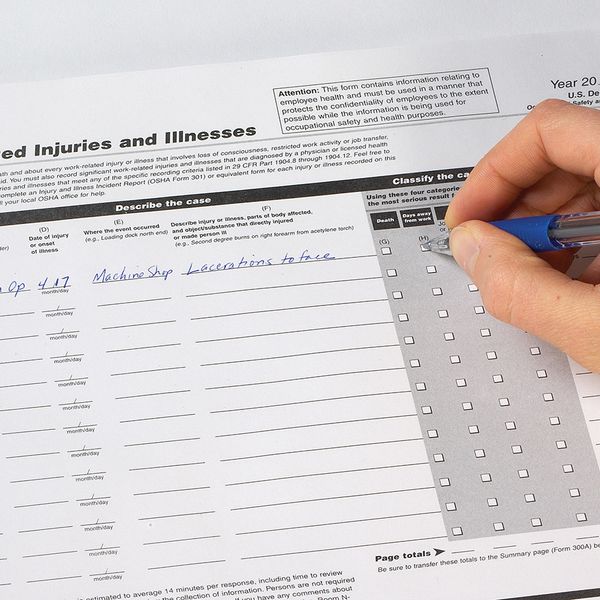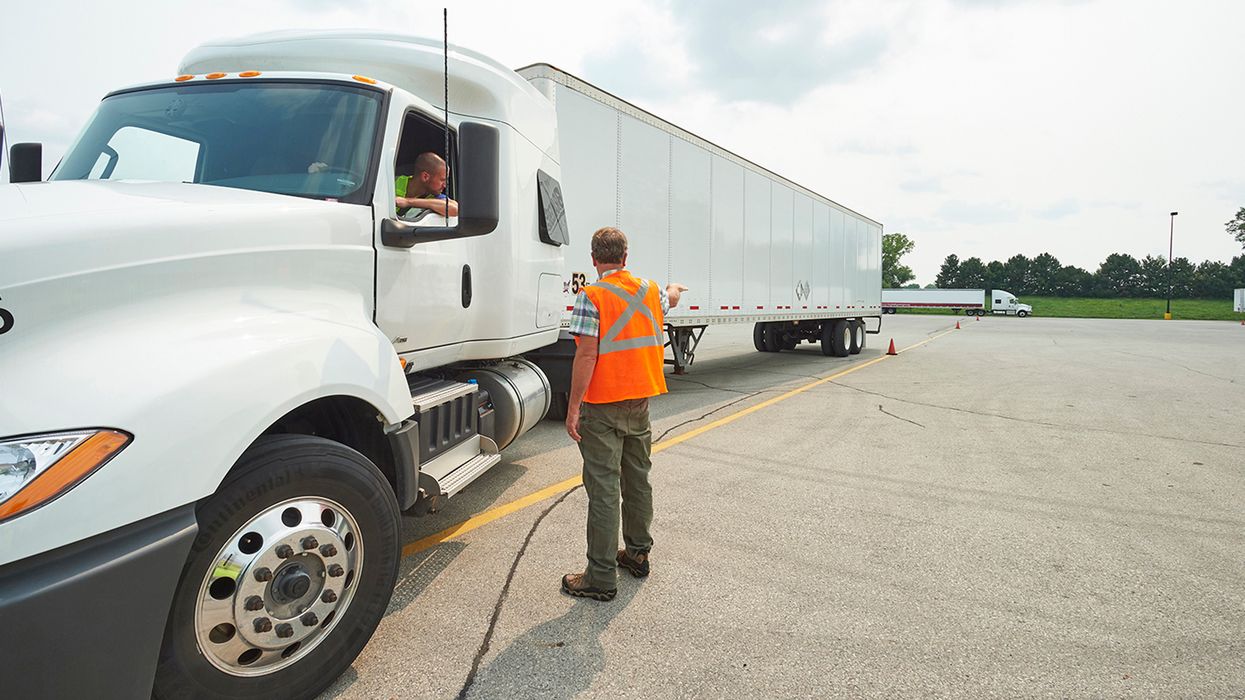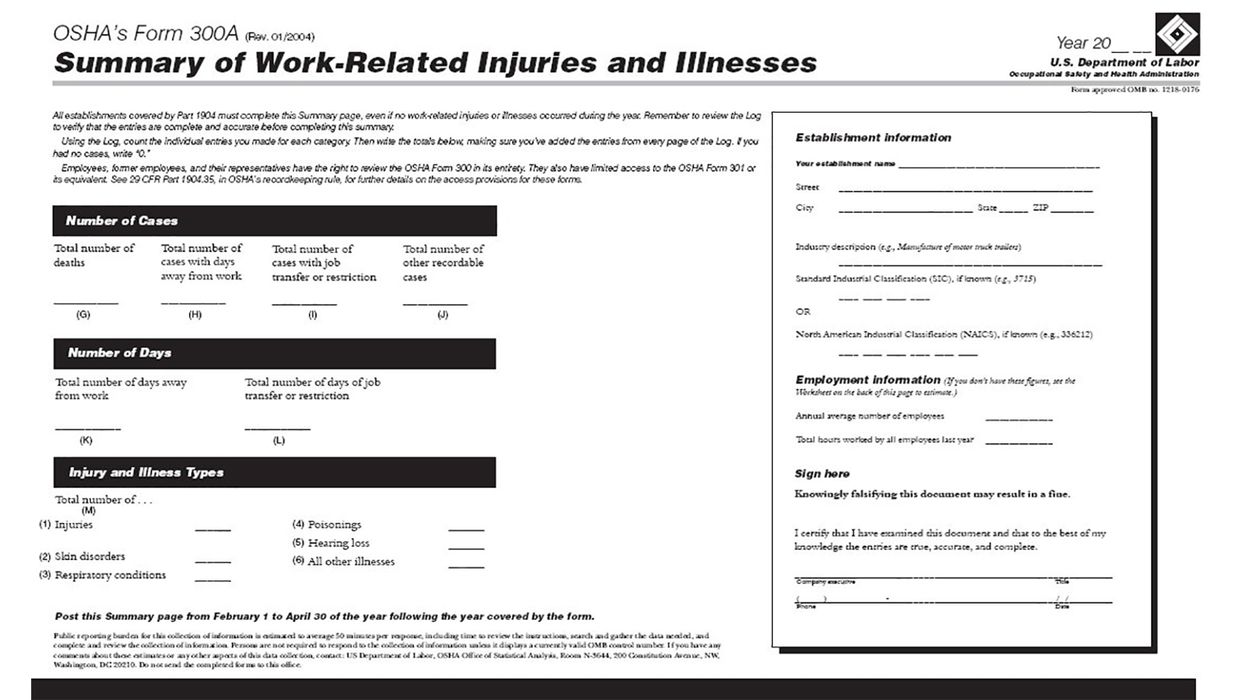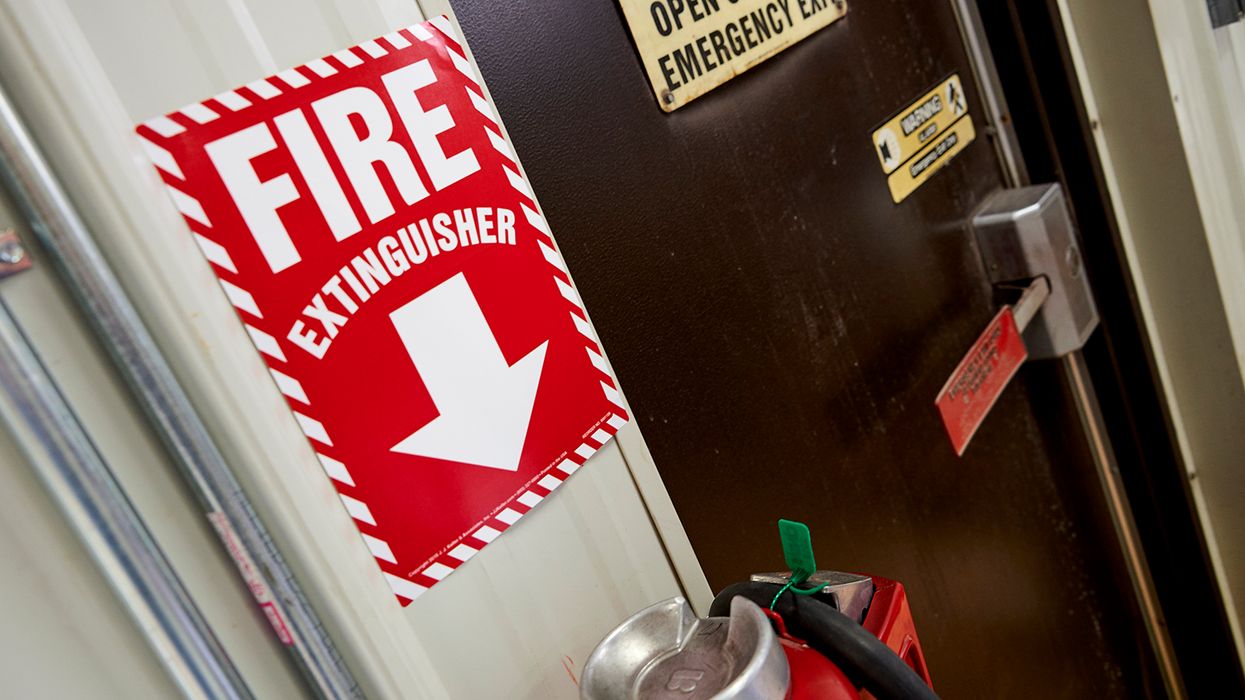Do I really need to worry about OSHA record keeping? Top 3 violations highlighted
In fiscal year 2023, OSHA issued over 1,800 citations and penalties totaling $3.6 million for violations related to injury and illness record keeping. It’s essential to take this standard seriously and ensure compliance to avoid costly consequences
Record keeping is a key data component that supports a proactive safety program, fostering a healthy safety culture beyond just compliance within your organization. As Doug Parker, Assistant Secretary of Labor for OSHA, noted in March 2023, "Record keeping is a valuable tool that provides a road map to where and why injuries and illnesses occur and where improvements are needed."
Failure to report injuries and illnesses on time
The number one most cited and penalized area within OSHA's injury and illness record-keeping standards is 1904.39, which pertains to reporting fatalities, hospitalizations, amputations, and losses of an eye resulting from work-related incidents to OSHA. The Agency issued 672 citations, resulting in penalties totaling over 2.5 million dollars.
This standard requires employers to:
- Report to OSHA within 24 hours if an employee is admitted to the hospital, suffers an amputation, or loses an eye due to a work-related incident; and
- Report to OSHA within 8 hours if an employee dies as a result of a work-related incident.
According to 1904.39(b) you must provide the following information to OSHA:
- Establishment name and contact information;
- Time and location of the work-related incident;
- Identify the type as fatality, in-patient hospitalization, amputation, or loss of an eye;
- The name and number of employees who suffered a fatality, in-patient hospitalization, amputation, or loss of an eye; and
- A brief description of the work-related incident.
To meet the reporting requirement, you have three options: call your local OSHA office directly, but if they are closed you can also call the OSHA 24-hour hotline, or report using the online form on the agency’s website.
To ensure compliance, organizations should establish clear reporting procedures, provide training, implement monitoring systems, and conduct internal audits.
Failure to accurately provide injury information electronically to OSHA
Second on the list is 1904.41, the electronic submission of records. OSHA has issued 409 citations, resulting in penalties totaling over 420,000 dollars.
Whether your organization needs to submit its log of work-related injuries and illnesses to OSHA annually depends on the type of industry and the number of employees including:
- 250 or more employees must submit OSHA Form 300A electronically.
- 20-249 employees in higher-hazard industries (Appendix A to Subpart E) must submit OSHA Form 300A electronically.
- 100 or more employees in specific higher-hazard industries (Appendix B to Subpart E) must submit OSHA Form 300A, Form 300, and Form 301 electronically.
- Establishments with fewer than 20 employees have no routine electronic submission requirements but may need to submit upon request from OSHA.
Additionally, each establishment that submits must also provide their Employer Identification Number (EIN).
Failure to use OSHA forms properly
The third standard on the list is 1904.29, which focuses on forms. It addresses the improper use of appropriate record-keeping forms and criteria. OSHA has issued 248 citations for violations of this standard, resulting in penalties totaling over $212,000.
OSHA requires the use of three specific forms for recording work-related injuries and illnesses. Here's a brief description of each:
- Form 300: The log of work-related injuries and illnesses that also tracks additional details about each incident.
- Form 300A: A summary of the work-related injuries and illnesses that occurred throughout the year within the organization.
- Form 301: This form is used to report individual injury and illness incident details.
One common question when filling out these forms is whether an incident is recordable. According to 1904.4(a), an injury or illness is recordable if it meets one or more of the following criteria:
- It must be work-related.
- It must be a new case.
- It must result in one or more of the following:
- Death
- Loss of consciousness
- Days away from work
- Job transfer or work restriction
- Medical treatment beyond first aid
- Significant injury or illness diagnosed by a physician or other licensed healthcare professional.
Key to remember: Accurate recording and reporting of workplace injuries and illnesses provide valuable data for identifying areas for improvement and fostering a proactive safety culture.

